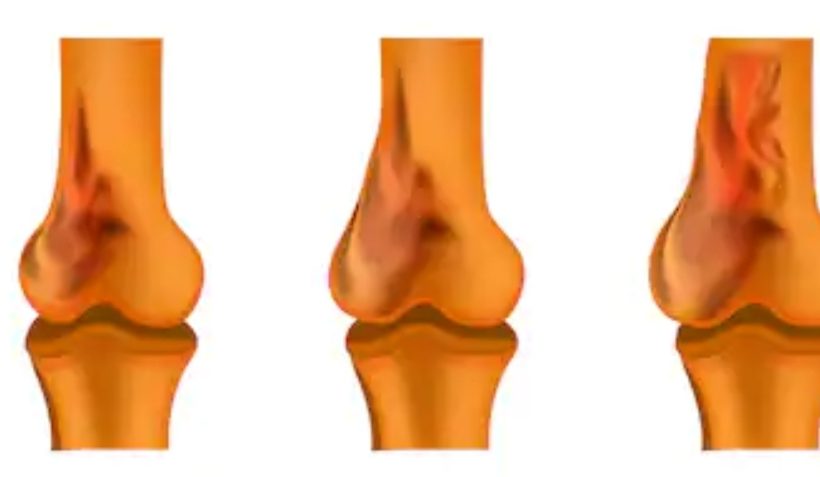Osteosarcoma OS is an aggressive disease and the most commonly-diagnosed primary bone tumor in dogs and children. Though a relatively rare cancer in humans with fewer than 1,000 cases each year. OS strikes more than 25,000 dogs annually. Although surgery and chemotherapy can extend survival, about 30 percent of pediatric OS patients die from metastatic tumors within 5 years.
The cancer moves much faster in dogs, with more than 90 percent succumbing to metastatic disease within 2 years.”The genetic similarity between dogs and humans provides a unique opportunity and a comparative model that will enable the development of new therapies within a compressed timeline,” said Heather L. Gardner, DVM, a Ph.D. candidate in Tufts’ Sackler School of Graduate Biomedical Sciences, and the study’s lead author.Jeffrey Trent, Ph.D., FACMG, TGen President and Research Director, and a contributing author, said the comparative oncology approach is vital to the rapid development of new treatments for people and pets that need help today.
“Leveraging the similarities between the human and canine forms of OS adds greatly to our understanding of how this aggressive cancer develops and spreads. More importantly, it provides an opportunity to develop therapies that make a difference in the lives of children and pets,” said Dr. Trent, who has been a proponent of comparative oncology for more than a decade.


